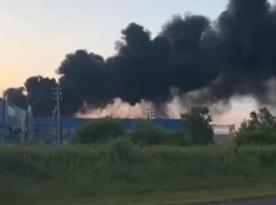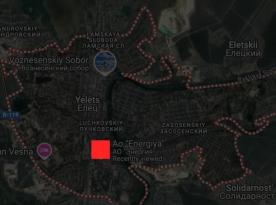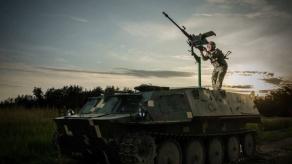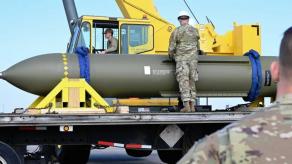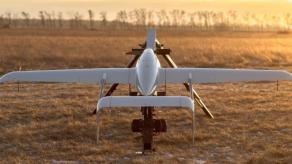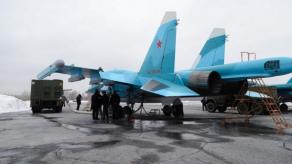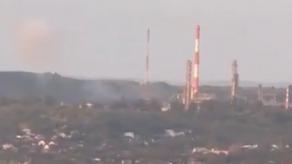State media in russia keep telling that there is no significant impact on the russian economy inflicted by sanctions imposed on russia worldwide. Industries turned to the path of the so-called "import substitution" policy aimed to find domestically manufactured replacements to products that stopped flowing into the country due to acting or potential restrictions of the sanction regime.
However, the deadlines for the promised import substitution meet substantial delays, and it's especially evident not even in the military industry with its spectacular kingdom of slat armor instead of novelties at defense-tech presentations but in civilian aviation where the decay becomes harder to conceal behind the "classified" seal. More specifically, this is the situation that the infamous russian Sukhoi Superjet 100 airliner has found itself in.
Read more: An "Ingenious" Way to Solve Aircraft Components Shortage Was Found in russia: Provide Less Repair and Maintenance
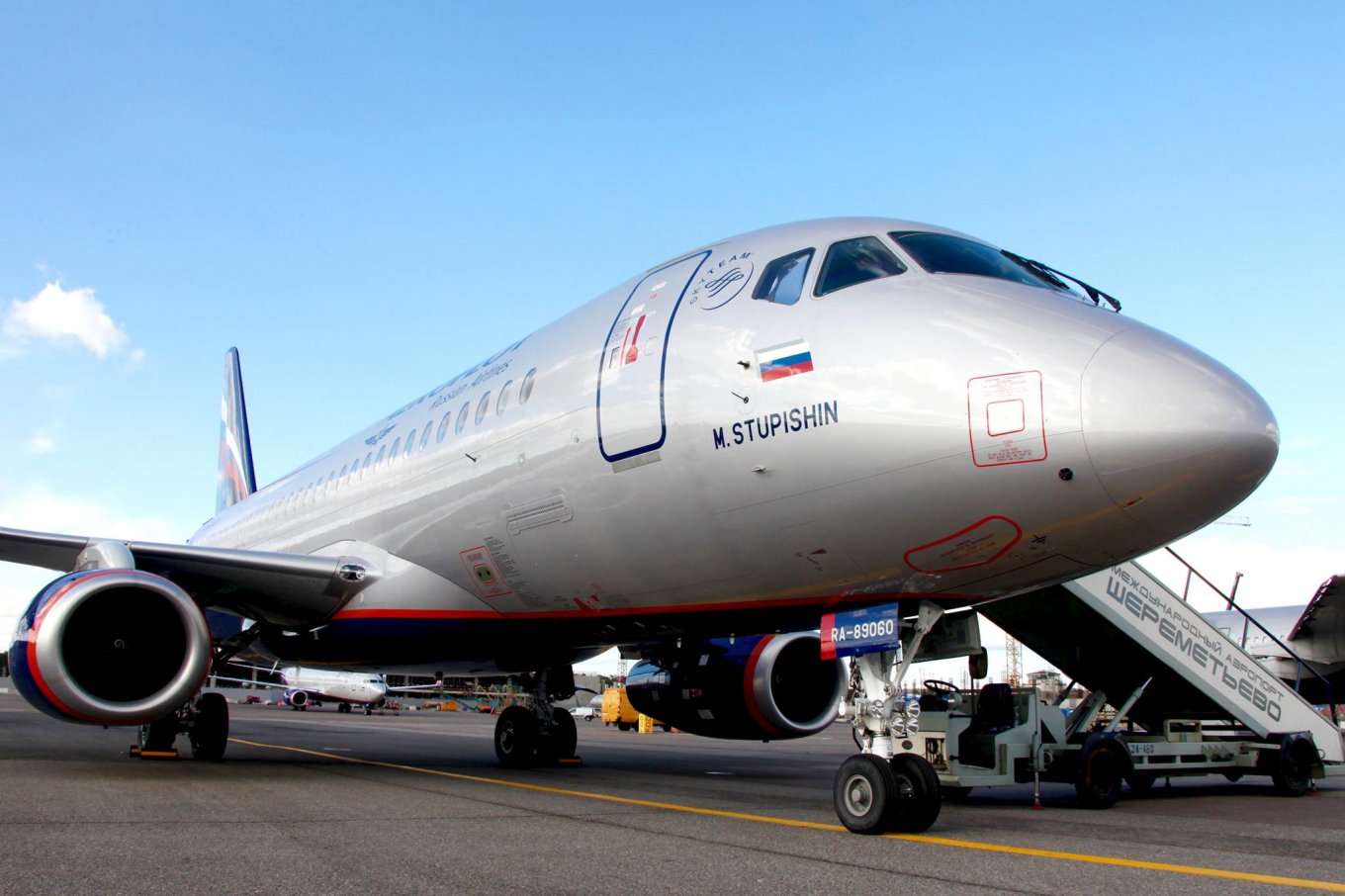
It was created in partnership with Western companies but in 2019 the russian federation announced it would stop importing components made by foreign countries and start mass-producing the new "russified" aircraft by 2023. The financial worth of the program was announced to be 120-140 bln rubles, or approximately USD 2.2 bln at that-time exchange rate.
Later on, they tried to lower this astronomic sum and updated the program value to 50 bln rubles in 2022 (USD 800 mln) but with a side note that the figure doesn't count in the cost of PD-8 engines. Here we should note that the development of the PD-8 family of engines since 2010 had consumed roughly USD 3 to 6 billion according to a low estimate.
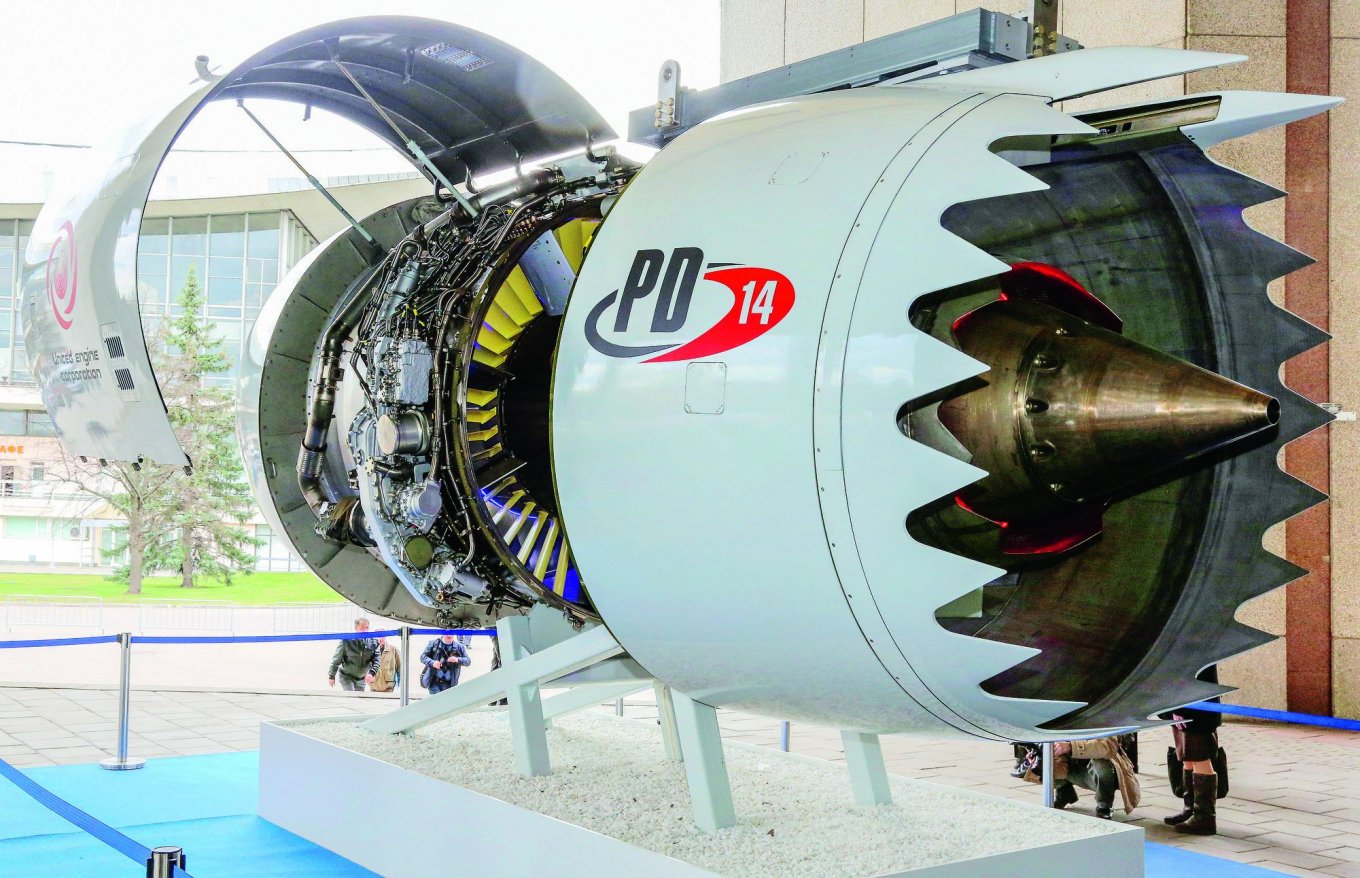
While the money was coming in steadily, the deadlines for the "fully russian-produced" Sukhoi Superjet were approaching. Only recently, the head of the United Aircraft Corporation announced the following:
"All the systems are already being developed, not all of those systems are installed on this aircraft. And the first flight of the [SSJ 100] aircraft which we anticipate in September, won't involve 100% fully russian [components] equipment."
In other words, the civilian aircraft that is presented September this year will still use some parts that could not be replaced with russian technologies after four years and billions rubles invested in the development. Either way, they will keep trying to find substitutes because under sanctions the russians will eventually run out of operational airliners made by Boeing and Airbus.

Alongside other long-lasting projects, MS-1 and Tu-214, the "import-substituted" Sukhoi Superjet would become the cornerstone of the civilian aviation fleet of the russian federation and also of iran. While the russian Aeroflot ordered 89 new Sukhoi Superjets by 2030, iran requested 40 of them with an option to double the number later on.
Read more: Russians Want to Produce the Tu-214 Passenger Aircraft And the Tu-160M Strategic Bomber At the Same Plant to Keep Shelling Ukraine





